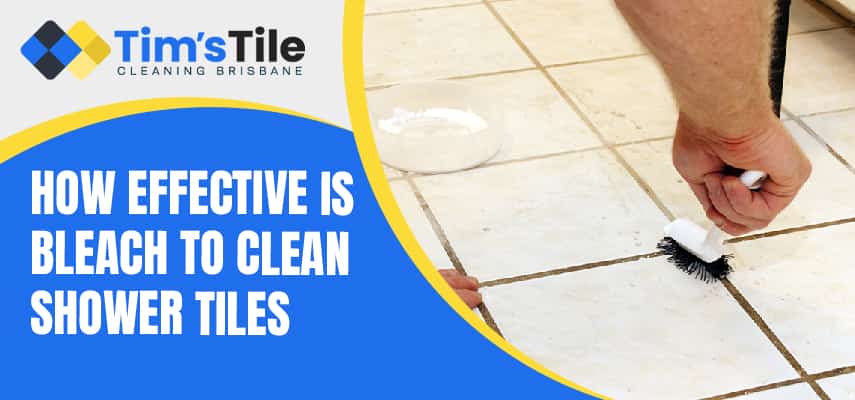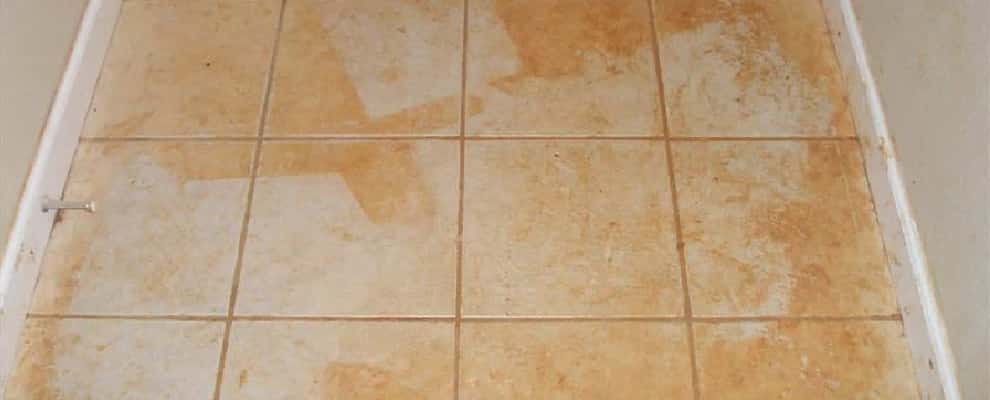How to Use Bleach to Clean Bathroom Shower Tiles: A Step-by-Step Guide
Bathroom shower tiles can accumulate soap scum, grime, and mold over time, making them appear dirty and dull. Bleach is a powerful cleaning agent that can effectively remove tough stains and restore the sparkle to your shower tiles. In this comprehensive guide, we will walk you through the step-by-step process of using bleach to clean your bathroom shower tiles.

Introduction
Bleach is a versatile cleaning agent that can effectively combat stains and mold on bathroom shower tiles. You can also hire Local Tile and Grout Cleaning Professionals for this work. By following the correct procedure, you can achieve a clean and hygienic shower space.
1. Safety Precautions: Before using bleach, it’s crucial to prioritize safety. This section provides important safety precautions to protect yourself, such as wearing protective gear and ensuring proper ventilation.
2. Preparing the Area: Preparing the shower area before cleaning is essential to prevent any damage to fixtures or surrounding surfaces. Learn how to safeguard your bathroom and make the necessary preparations.
3. Diluting the Bleach Solution: Using undiluted bleach directly on tiles can be too harsh and may cause damage. Discover the proper method of diluting bleach with water to create a safe and effective cleaning solution.
4. Applying the Bleach Solution: Learn the correct technique for applying the bleach solution to the shower tiles. Whether using a spray bottle, sponge, or cloth, find out the best method for even coverage and maximum effectiveness.
5. Scrubbing the Tiles: This section guides you through the process of scrubbing the shower tiles to remove stains and grime. Explore suitable tools and techniques for scrubbing different types of tiles without causing damage.
6. Targeting Mold and Mildew: Bleach is particularly effective in eliminating mold and mildew in shower areas. Discover how to target and remove these common problems to maintain a clean and healthy shower environment.
7. Rinsing and Drying: Properly rinsing the tiles after applying bleach is crucial to remove any residue and ensure a clean finish. Learn how to effectively rinse and dry the tiles to prevent streaks and maintain their shine.
8. Alternative Cleaning Methods: If you prefer to avoid using bleach, this section offers alternative cleaning methods for removing stains and maintaining cleanliness in your bathroom shower. Explore natural and eco-friendly options that can be equally effective.
9. Precautions and Tips Discover additional precautions and helpful tips to ensure a successful and safe tile cleaning process. From handling bleach properly to regular maintenance practices, these tips will assist you in achieving long-lasting cleanliness.
Conclusion: How To Use Bleach To Clean Bathroom Shower Tiles?
How To Use Bleach To Clean Bathroom Shower Tiles? By following the step-by-step guide provided in this article, you can effectively use bleach to clean your bathroom shower tiles and restore their original beauty. Remember to prioritize safety, follow the recommended procedures, and consider alternative cleaning methods if desired.
Published on: June 19, 2023
Last updated on: June 21, 2023

